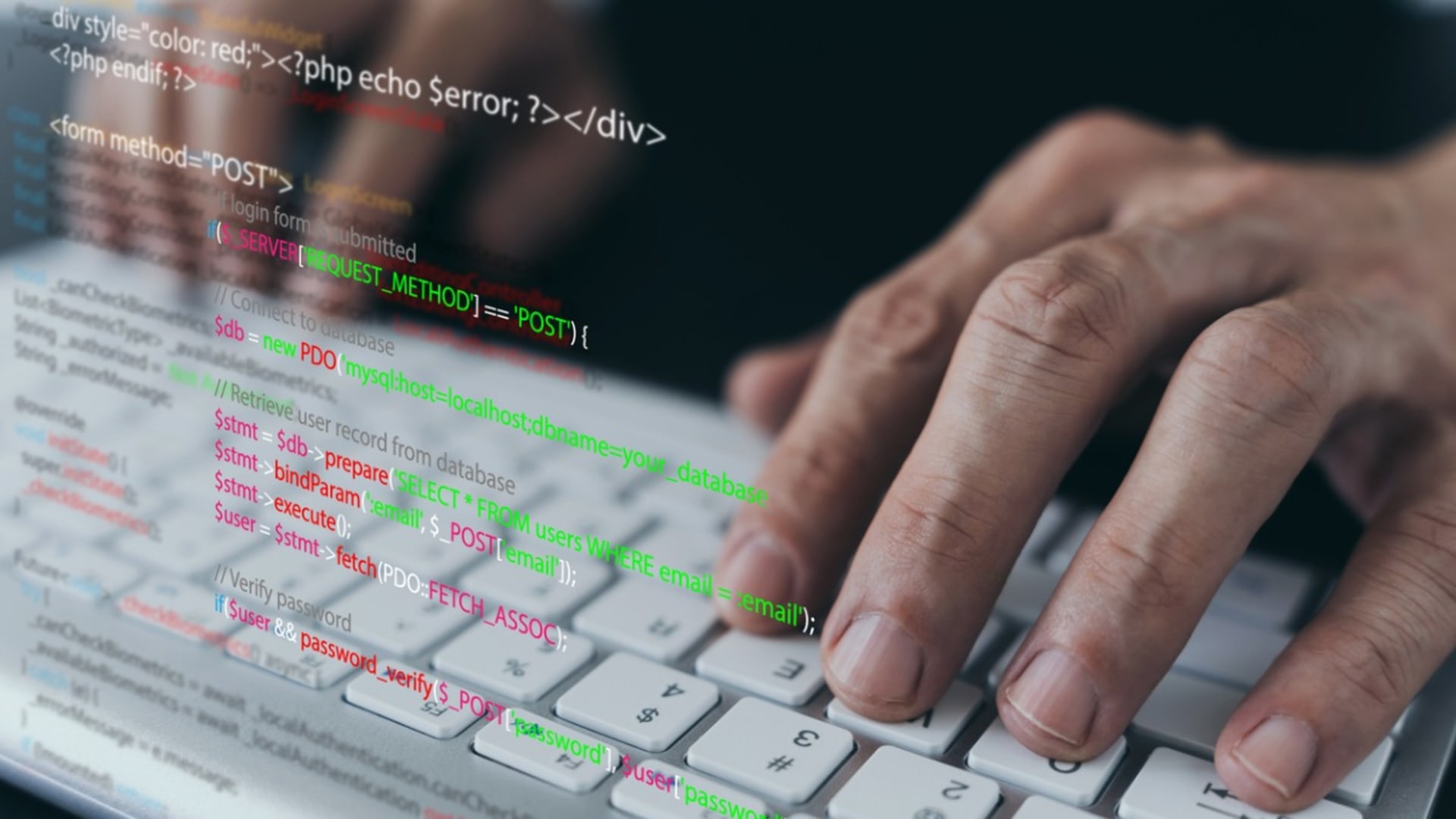Every time you hire a developer, they should strive to create code that’s easy to read, modify, and debug. Why? Because it simplifies matters in the long run. Clean code, however, surpasses just adhering to a set of best practices. It is something that necessitates being executed concisely from the initial stages of the development process.
At BairesDev, we pride ourselves in the quality of the software our amazing BDevers produces. With their experiences in mind, we’ve come up with these five tips for writing clean and maintainable code.
1. Follow a Consistent Coding Style
Following a consistent coding style is one of the key elements to writing clean code. A coding style is a set of guidelines for how code should be formatted and structured. Following a consistent coding style can make your code more readable and easier to understand. Using descriptive and meaningful variable and function names that accurately convey their purpose is also essential.
Part of coding styles is using proper spacing and indenting. When code is formatted consistently, it is easier to understand. Try to stick to a single casing format. Refrain from mixing snake_case and camelCase, for it will be confusing and hard to follow in the long run.
Consistent architecture is also an important consideration. Before starting to write, define the architecture principles that will guide the development of your codebase. These principles outline the critical aspects of your application’s architecture, such as modularity, scalability, maintainability, and testability.
Finally, use automated tools such as linters and code formatters to enforce the coding style guidelines. These tools can help catch issues and ensure the code follows the established guidelines.
2. Keep Functions and Classes Small and Focused
Keeping your functions and classes small and focused makes them easier to understand, test, and modify. If a function or class becomes too large or complex, it’s usually a good sign that it may need to be refactored into smaller, more focused components.
In general, a function should do one thing and do it well. It should not have both lower-level and higher-level details. If another function can be extracted from a function, it does more than one thing. We should extract functions to achieve the same level of abstraction.
3. Write Modular and Reusable Code
You can reuse code in other parts of the application or other applications entirely, so it is always a good idea to keep modularity in mind when coding. This can reduce code duplication and make your code more maintainable over time.
To make your code modular, break it down into smaller, reusable functions that perform specific tasks. This not only makes it easier to maintain, but it is also simpler to reuse later in the project. Encapsulate related functions and data into classes or modules that can be reused throughout the project.
Avoid tight coupling between the components of your codebase. Instead, use interfaces or abstract classes to decouple components and make them more reusable. Write self-contained code that doesn’t rely on external dependencies or global variables. This makes your code easier to test and to reuse later on. Utilizing dependency injection into your code, rather than hard-coding them, makes it more flexible and easier to maintain.
4. Use Comments and Documentation Effectively
Comments and documentation are essential for making your code more maintainable over time. Comments should be used sparingly and only when necessary to explain complex or obscure code. On the other hand, documentation should be comprehensive and provide clear instructions on using and maintaining the codebase.
There are nine best practices when using comments in code:
- Comments should not duplicate the code.
- Good comments do not excuse unclear code.
- If you can’t write a clear comment, the code may have a problem.
- Comments should dispel confusion, not cause it.
- Explain unidiomatic code in comments.
- Provide links to the original source of copied code.
- Include links to external references where they will be most helpful.
- Add comments when fixing bugs.
- Use comments to mark incomplete implementations.
Always try to include examples in the documentation to illustrate how the code works and how it should be used. This helps other developers understand the code more quickly and easily. It is crucial to keep the documentation up-to-date as the codebase evolves to remain relevant and accurate.
5. Test Your Code Rigorously
Continuously testing your code rigorously ensures it is clean, maintainable, and bug-free. Test-driven development (TDD) is a popular approach that involves writing tests before writing the actual code, which can help ensure that your code is testable, modular, and maintainable.
To apply TDD, follow these steps:
- Create precise tests: Create exact unit tests to verify that it compiles, can execute, and the functionality of specific features.
- Correcting the Code: Once a test fails, make the minimal changes required to update the code to run successfully when re-executed.
- Refactor the Code: Once the test runs successfully, check for redundancy or any possible code optimizations to enhance overall performance.
But there are more things developers can do to ensure the good functionality of a project. Before starting to write any code, make sure to write a set of comprehensive test cases. Utilize automated testing tools like unit testing frameworks, but remember that manual testing is still an essential part of the process. When encountering a bug or error, make sure to debug it effectively. Documenting your tests can help you keep track of the tests you have run and ensure that you cover all possible scenarios.
Conclusion
Writing code doesn’t have to be messy. By following these five tips, you can write cleaner and more maintainable code that is easier to read, modify, and debug. Plus, the time you devolve into applying these tips is considerably less than you would have to spend trying to make sense of a chaotic codebase, so consider it a wise investment. Additionally, it can improve your software’s overall quality and reliability and make it easier to maintain and evolve over time.







